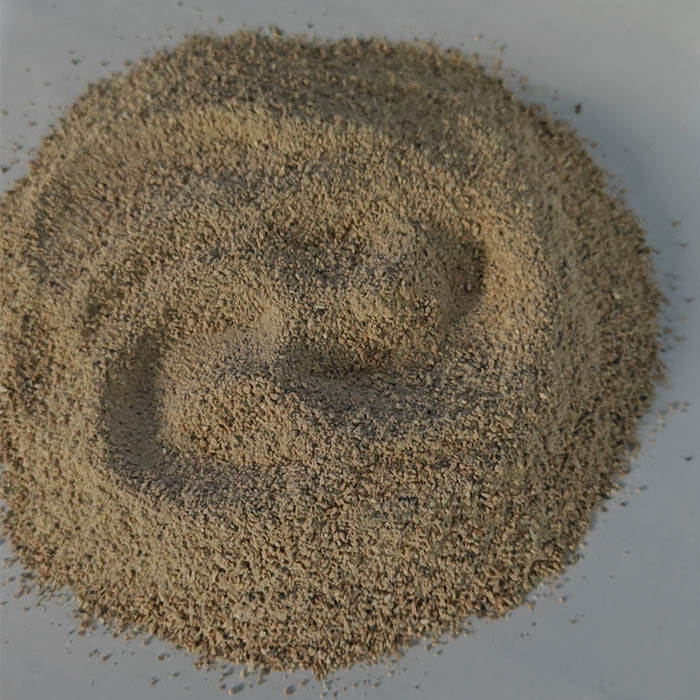Nov . 25, 2024 02:37 Back to list
Exploring Exterior Wall Materials in Chinese Building Construction
Innovations in China Building Materials for Exterior Walls
In recent years, the construction industry in China has experienced a notable transformation, driven by advances in technology and a growing emphasis on sustainability. One of the most significant areas of development is the evolution of building materials used for exterior walls. These materials not only enhance the aesthetics of structures but also contribute to their durability, energy efficiency, and environmental responsibility.
The Shift Towards Sustainable Materials
With the increasing awareness of environmental issues, the construction industry is actively seeking sustainable building materials. Traditional materials like brick and concrete are being reevaluated, and in their place, innovative materials that offer better thermal insulation and reduced environmental impact are gaining traction. For instance, materials such as recycled aggregates, bamboo, and rammed earth are being integrated into building designs, emphasizing a commitment to sustainability.
The use of bamboo, in particular, has garnered attention due to its rapid growth, high strength-to-weight ratio, and biodegradability. With technological advancements, treated bamboo can compete with traditional materials in terms of structural integrity and longevity. This shift represents a broader trend towards using renewable resources in construction, significantly reducing carbon footprints associated with building projects.
Advanced Thermal Insulation Technologies
One of the critical factors in modern building materials for exterior walls is thermal insulation. In China, extreme temperature variations across different regions necessitate materials that can effectively regulate indoor temperatures. Innovations in insulation technologies have led to the development of materials such as aerogels, which are extremely lightweight and provide excellent thermal insulation properties.
Another material gaining popularity is insulated concrete forms (ICFs), which combine the durability of concrete with the superior insulation found in foam materials. ICFs not only reduce energy consumption by providing better thermal performance but also enhance soundproofing, making them ideal for urban settings where noise pollution is a concern.
Ventilated Facades and Aesthetic Appeal
The architectural landscape in China is also evolving, with a growing demand for visually appealing and functional designs. Ventilated facades are a critical innovation that allows for air circulation between the wall and the outer cladding. This design reduces moisture accumulation, which can lead to mold growth and structural damage over time.
china building materials outside walls

Additionally, ventilated facades can be made from a variety of materials, including ceramic tiles, natural stone, or even innovative composite materials that mimic the look of natural products while offering enhanced durability and lower maintenance costs. By combining functionality with aesthetic flexibility, architects and builders can create buildings that are both striking and sustainable.
Fire Safety Considerations
As urban density increases, the challenge of ensuring fire safety in tall buildings becomes paramount. Recent developments in fire-resistant exterior wall materials have been critical in addressing this concern. Materials such as fiber-reinforced cement boards and non-combustible cladding systems provide enhanced fire protection while maintaining the visual appeal of a structure.
Furthermore, manufacturers are now focused on achieving compliance with strict fire safety regulations. This focus ensures that innovative materials not only meet aesthetic and performance standards but also provide security and peace of mind for occupants.
The Role of Smart Technology
The integration of smart technologies in building materials is another trend shaping the future of construction in China. Smart exterior walls can incorporate sensors that monitor environmental conditions, detect leaks, and assess energy efficiency in real-time. By utilizing such technology, property owners can optimize their buildings' performance and minimize maintenance costs.
Moreover, smart materials that respond to temperature fluctuations or humidity levels can further enhance a building’s energy efficiency. These advancements demonstrate how technology can be seamlessly integrated into construction, providing both practicality and modernity.
Conclusion
The future of building materials for exterior walls in China is poised for significant advancements, characterized by sustainability, innovation, and aesthetic versatility. As the industry continues to evolve, the focus on creating structures that are environmentally friendly, energy-efficient, and visually stunning will define the next era of construction. With the integration of new technologies and materials, China is setting the stage for a sustainable architectural revolution that aligns with global trends and environmental responsibilities. The ongoing developments in this field clearly signify a commitment to a greener and more efficient future, one building at a time.
-
Fe-C Composite Pellets for BOF: Enhance Steelmaking Efficiency
NewsAug.07,2025
-
Eco-Friendly Granule Covering Agent | Dust & Caking Control
NewsAug.06,2025
-
Fe-C Composite Pellets for BOF: High-Efficiency & Cost-Saving
NewsAug.05,2025
-
Premium Tundish Covering Agents Exporters | High Purity
NewsAug.04,2025
-
Fe-C Composite Pellets for BOF | Efficient & Economical
NewsAug.03,2025
-
Top Tundish Covering Agent Exporters | Premium Quality Solutions
NewsAug.02,2025
